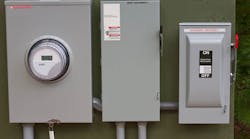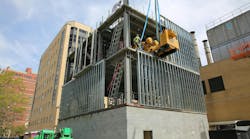Under seven conditions described in Sec. 240.21(A) through (H) of the 2014 NEC, you don’t have to install an overcurrent protection device (OCPD) at the point of conductor supply [240.21]. The condition occupying most of the space in this Section of the Code is where you have feeder taps. A close second for space is where you have transformer secondary conductors [Sec. 240.21(C)].
This condition has six variations by type of application:
- Protection by primary OCPD.
- Secondary conductors not over 10 ft long.
- Industrial installation secondary conductors not over 25 ft long.
- Outside secondary conductors.
- Secondary conductors from a feeder tapped transformer.
- Secondary conductors not over 25 ft long.



